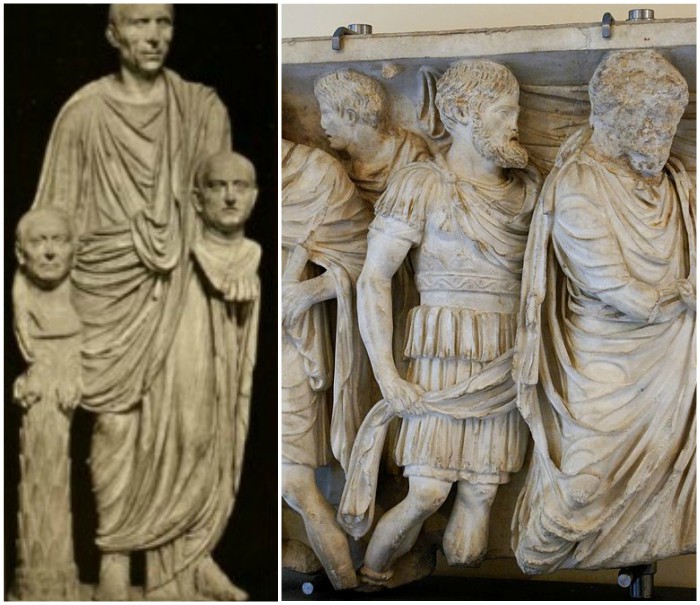The funeral customs in Ancient Rome played a pivotal role in Roman life. Despite the introduction of Christianity, many pre-Christian burial customs and practices survived or were changed very little. Two forms of burial were practiced in Ancient Rome: inhumation (burial) and cremation (burning).
When a Roman died at home a very systematic treatment of the body followed. The closest relative attempted to catch and inhale the last breath and close the eyes and mouth of the dying person. Slaves would then wash the corpse, anointed it with oil and perfumes and dressed it in the best robe. A small coin was placed in the mouth, or over the eyes of the dead so he or she could pay the ferryman Charon in Hades. If the deceased wore a crown while alive, it was now placed on his head.
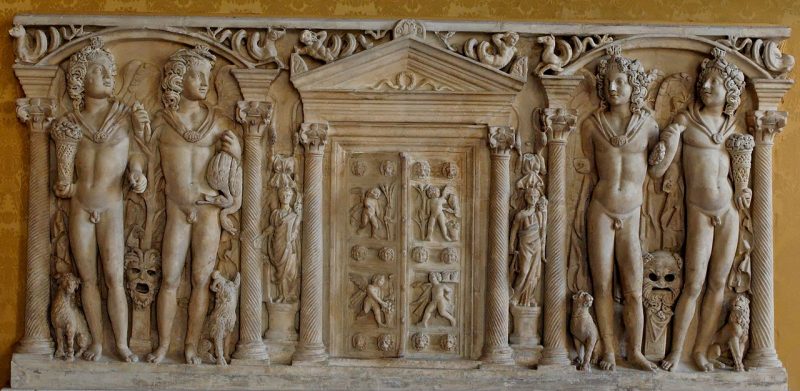
In ancient times all funerals were performed at night, although afterward only the poor were buried at night since they weren’t able to afford a funeral procession. The social status of the deceased determined for how long the individual was put on display. The body was put on display for around eight days if the individual had been from upper-class family and if the person was from the lower class, the body was put on display for one day.
A person called Designator, who was attended by lictors, regulated the order of the funeral procession. Mourning women who were not members of the deceased’s family were hired to lament. These professional mourners would sometimes literally rip out their hair in mourning. If the deceased was from upper-class family a large number of professional mourning women were hired.
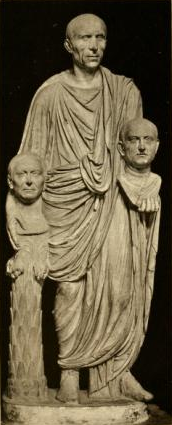
Musicians of various kinds specialized in funeral music played music at the procession. The mourning women and the musician were followed by an Archimime. Archimime is one of the strangest Roman traditions. Archimime was an Ancient Roman jester who imitated the manners, gestures, and speech of the deceased, representing his character.
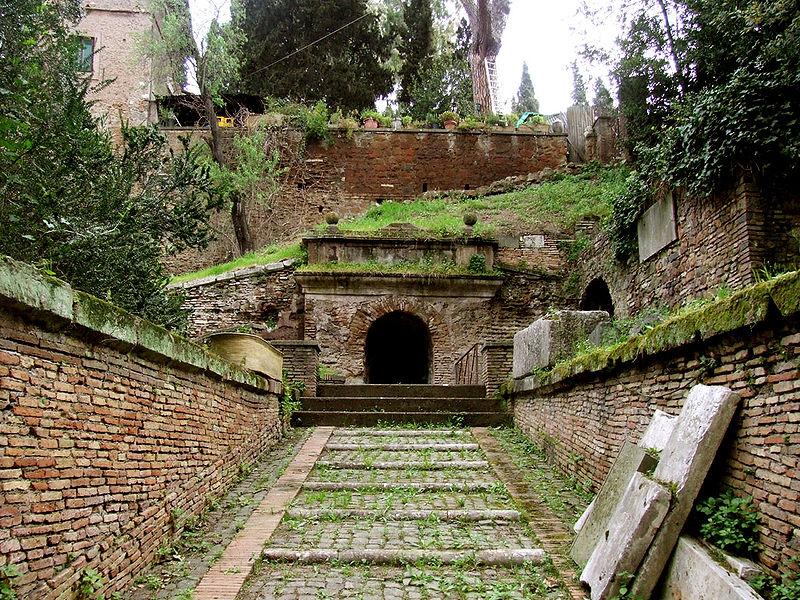
At first, they only performed in the theater, but afterward, they were invited to mime at feasts and funerals. During funerals, an archimime would walk behind the corpse, imitating the gestures and behaviors of the person being carried to the funeral pyre, as if they were still alive.
Cremation was the most common burial practice in the empire. The body was burnt on a pile of wood. Romans would throw perfumes at the fire and also objects that might be of use to the dead in the afterlife like cups of oil, ornaments, clothes, and dishes of food. Cremation was eventually replaced by inhumation.
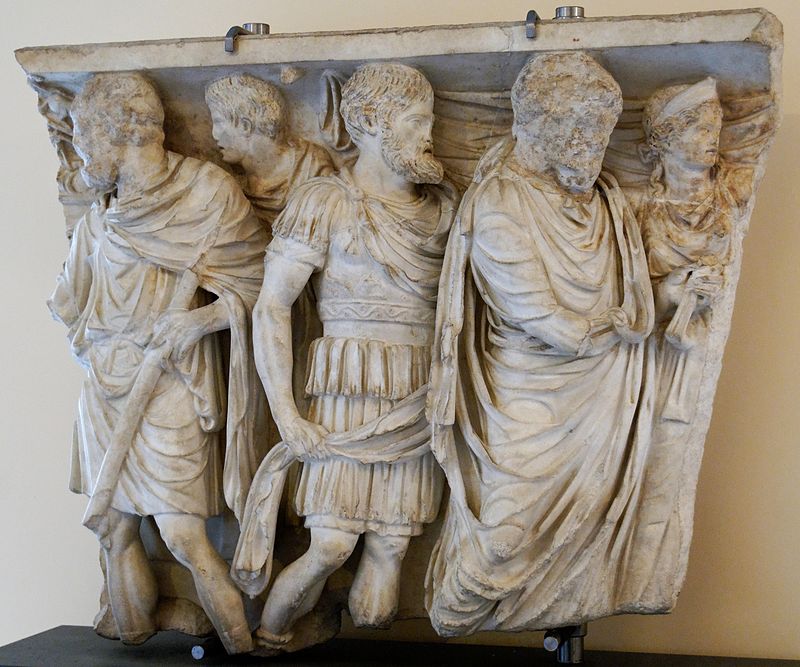
A ritual feast at the end of the funeral was given in honor of the dead. The Romans would visit the tombs of their relatives at certain periods.
There were certain days each year to remember loved ones and during these days the Romans would offer sacrifices and various gifts to the deceased.
